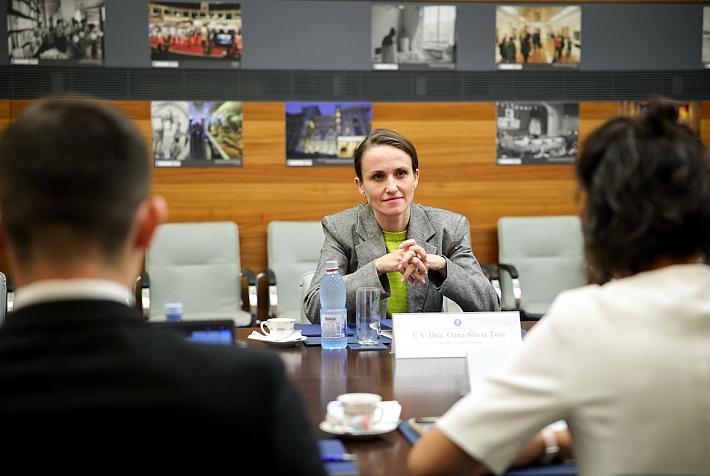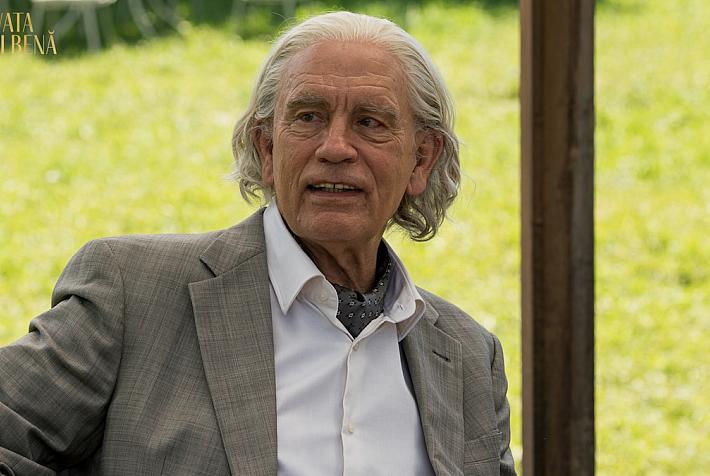Romania has more women than men, but they have fewer children, at an older age

Romania faces worrying demographics: Women make the majority of Romanians - 51.1%, but only half of them are of childbearing age, and they have fewer children, at an older age. This has led to an ever-aging population, as it brought birth rates down.
Romania is home to 10.2 million women of the total 19.9 million inhabitants, which corresponds to 95.5 men for each 100 women. The ratio is slightly better than the 95 to 100 ten years ago, according to statistics.
Romanian lost some 1.5 million people in the last decade, thanks to international migration and the lower number of births. The low birth rates fuels the aging process: Romanians simply have fewer children than needed to ensure population continuity. On average, a Romanian woman has 1.4 children, below than the 2.1 threshold required to ensure population replacement.
Romania had only 4.6 million women of childbearing age – 16 to 49 – in 2013, when the number was down 27,400 compared to the previous year.
Young couples want fewer children – usually just one, and have them at an older age. Romanians have fewer children: just 176,000 in 2013, down 4,700 from 2012. The numbers exclude Romanian children born abroad. The birth rate has been going down: 8.8 children born for 1,000 inhabitants in 2013, compared to 9 children per 1,000 inhabitants the year before.
Despite having children at an older age, Romanian women in urban areas have more children than those in rural areas. In 2013, 94,300 children were born in cities while only 81.600 were born in rural areas.
The mother’s age at birth has stayed relatively constant – 28 years old – in 2013, but there are differences between urban and rural areas. City dwellers have children when they are 28, on average while women in villages have kids earlier – at 23-24 years old.
Life expectancy among Romanian women is of 78 years, as of 2013, seven years more than for men, according to statistics.
editor@romania-insider.com











